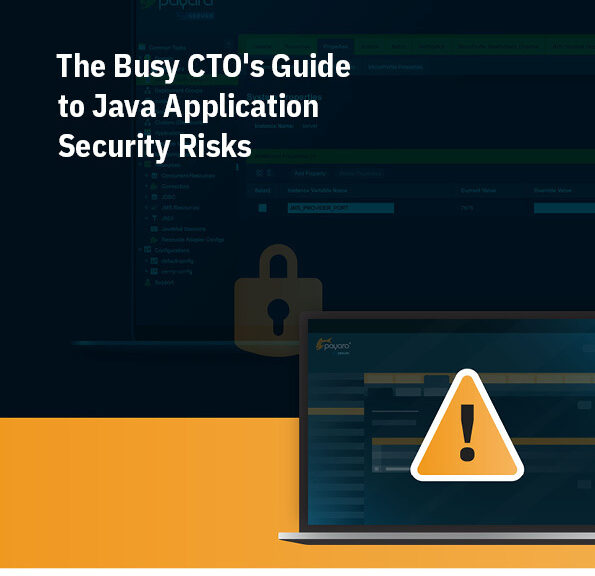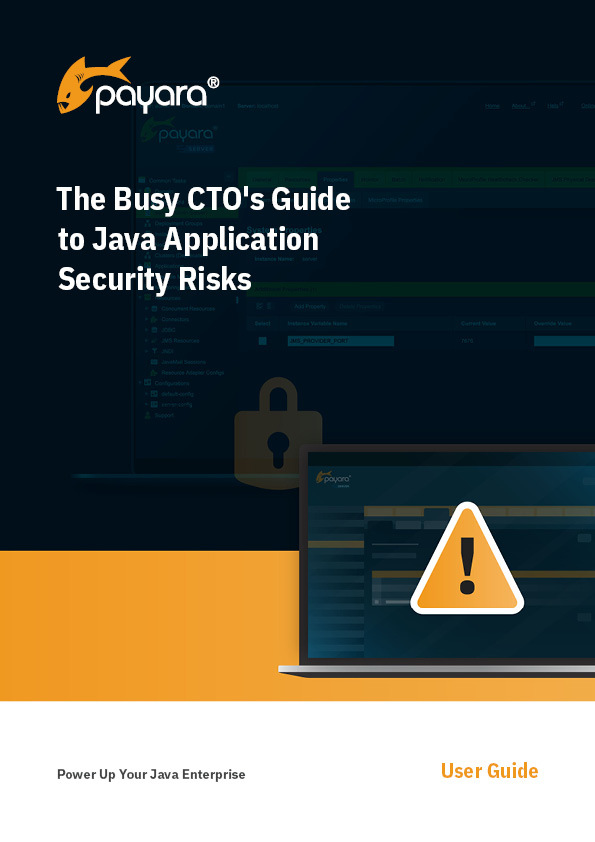 3 minutes
3 minutes
End-of-Life Technology: How to Drive Innovation Without Compromising Stability
When legacy systems approach end-of-life (EOL), enterprise IT teams typically face the choice of moving forward at all costs […]

If you’re a Java developer, you probably feel sandwiched between frameworks nearing end-of-life, fresh Log4j headlines and endless security patch cycles. Fixing one vulnerability only to uncover another can feel like running on a treadmill.
That’s why we released The Busy CTO’s Guide to Java Application Security Risks—a strategic resource aimed at getting your managers on the same page. It’s designed specifically for CTOs, CISOs and IT decision-makers. But here’s a thought: you should read it—and share it with your manager.
When leadership treats security as a checkbox, developers often bear the brunt—burnout, patches and feature delays.
The guide isn’t written for you, but knowing what’s inside helps you advocate effectively:
As a developer, you can’t solve enterprise-wide security challenges on your own. But you can help push the conversation forward.
Download The Busy CTO’s Guide to Java Application Security Risks, read it yourself for context, and then share it with your manager. It’s a practical way to make sure the risks you face daily get the executive attention—and budget—they deserve.

We created The Busy CTO’s Guide to Java Application Security Risks—a quick, no-fluff resource to help leaders understand the current threat landscape and prepare a proactive security strategy.
Download Guide 3 minutes
3 minutes
When legacy systems approach end-of-life (EOL), enterprise IT teams typically face the choice of moving forward at all costs […]
 5 minutes
5 minutes
At Devoxx Belgium 2025, I was able to talk about what happens after you build your container. In theory, […]
 5 minutes
5 minutes
Welcome aboard the October issue of The Monthly Catch!As the leaves turn and conference season hits full stride, the […]